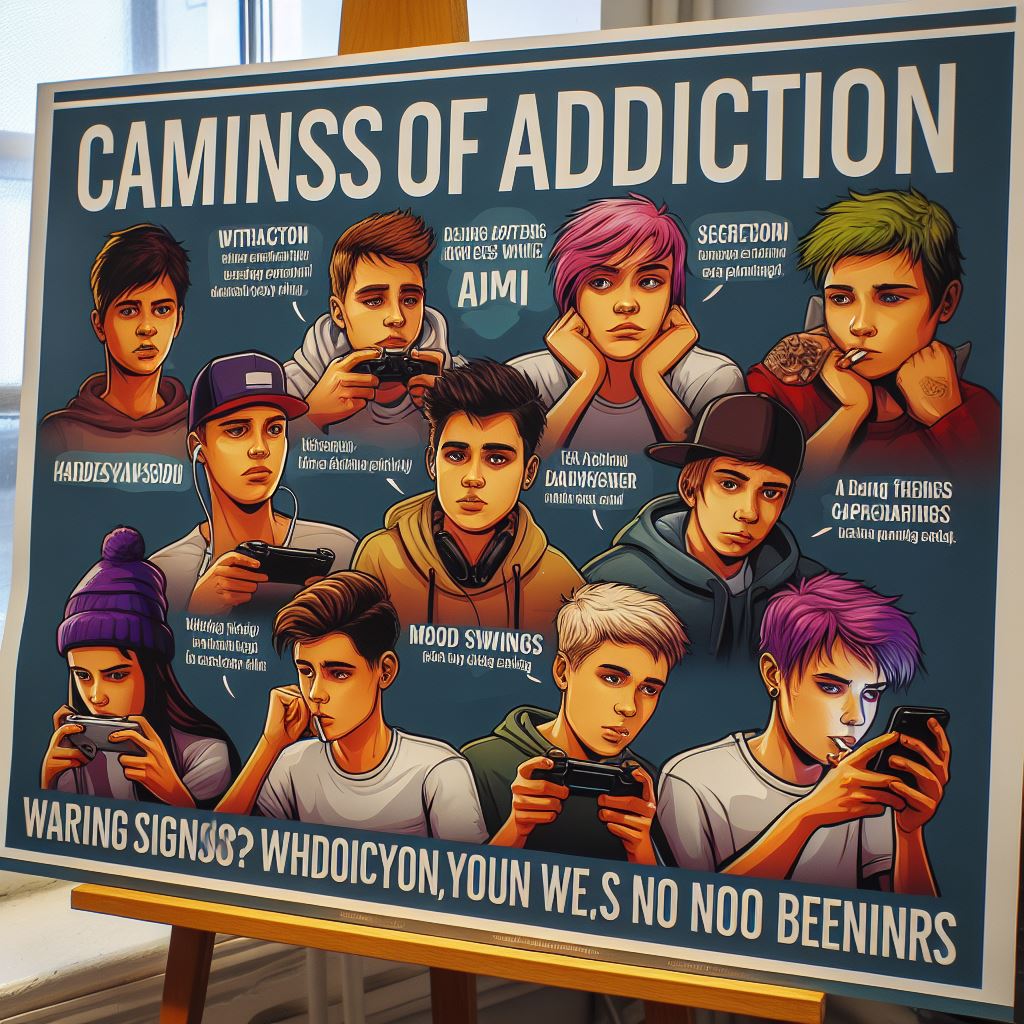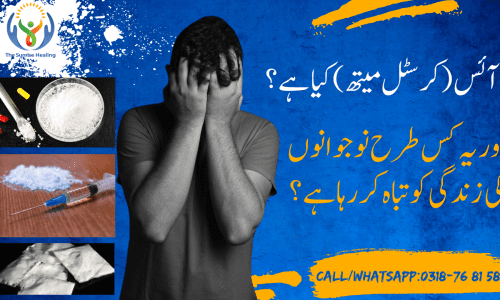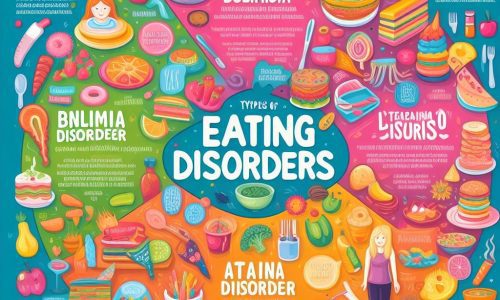Introduction
Addiction is a significant public health issue that affects individuals of all ages, including teenagers. The teenage years are a critical developmental period, characterized by experimentation and the establishment of behaviors that can persist into adulthood. The susceptibility of teens to addiction is influenced by a combination of biological, psychological, and social factors. Early detection and intervention are crucial to prevent the long-term consequences of addiction. This comprehensive guide explores the common signs of addiction in teens, emphasizing physical, behavioral, and psychological indicators.

Understanding Teen Addiction
Definition and Types of Addiction
Addiction is a chronic disease characterized by the compulsive use of substances or engagement in behaviors despite adverse consequences. It involves physical and psychological dependence, leading to significant impairment in various aspects of life. The most common types of addiction in teens include:
- Substance Addiction: This involves the misuse of drugs, alcohol, nicotine, and prescription medications.
- Behavioral Addiction: This includes compulsive behaviors such as gambling, internet and gaming addiction, and social media addiction.
Factors Contributing to Teen Addiction
- Biological Factors: Genetic predisposition, brain development, and hormonal changes can increase vulnerability to addiction.
- Psychological Factors: Mental health issues such as depression, anxiety, and trauma can lead to substance abuse as a coping mechanism.
- Social Factors: Peer pressure, family dynamics, and environmental influences play significant roles in the onset of addictive behaviors.
Physical Signs of Addiction in Teens
Changes in Appearance
- Weight Fluctuations: Sudden and unexplained weight loss or gain can be indicative of substance abuse.
- Hygiene Neglect: A noticeable decline in personal grooming and cleanliness may suggest a preoccupation with substance use.
- Bloodshot or Glazed Eyes: Persistent red or glazed eyes, along with dilated or constricted pupils, can be signs of drug or alcohol use.
Health Issues
- Frequent Illness: Recurrent colds, infections, and other health issues can result from a weakened immune system due to substance abuse.
- Unexplained Injuries: Bruises, cuts, or burns without a reasonable explanation can be a result of risky behaviors while under the influence.
- Changes in Sleep Patterns: Insomnia or excessive sleeping can be caused by the use of stimulants or depressants, respectively.
Behavioral Indicators
Academic and Extracurricular Performance
- Decline in Grades: A sudden drop in academic performance and lack of interest in schoolwork can be a sign of substance abuse.
- Truancy and Absenteeism: Frequent absences from school or extracurricular activities may indicate an underlying addiction problem.
- Loss of Interest: Withdrawal from hobbies, sports, and other activities once enjoyed can signal a shift in priorities due to substance use.
Social and Relationship Changes
- Changing Friend Groups: Associating with a new group of friends who exhibit risky behaviors can be a red flag.
- Isolation: Spending excessive time alone or avoiding family interactions can indicate an attempt to hide addictive behaviors.
- Conflict and Defiance: Increased arguments and defiance towards authority figures, including parents and teachers, may reflect underlying substance abuse issues.
Risky Behaviors
- Legal Troubles: Involvement in illegal activities, such as theft or vandalism, can be associated with the need to obtain substances or as a result of impaired judgment.
- Unsafe Sexual Practices: Engaging in unprotected sex or having multiple partners may be linked to impaired decision-making while under the influence.
- Reckless Driving: Driving under the influence or engaging in other dangerous activities can be a manifestation of addiction.
Psychological Signs of Addiction in Teens
Emotional Changes
- Mood Swings: Extreme and unpredictable changes in mood can be indicative of substance abuse or withdrawal symptoms.
- Anxiety and Paranoia: Heightened anxiety, paranoia, or panic attacks can be side effects of drug use or withdrawal.
- Depression: Persistent sadness, hopelessness, and disinterest in life can be both a cause and effect of substance abuse.
Cognitive Impairment
- Memory Problems: Difficulty in remembering events, conversations, or schoolwork can result from substance abuse.
- Concentration Issues: Inability to focus on tasks or maintain attention can be a side effect of various substances.
- Decision-Making Difficulties: Impaired judgment and decision-making skills can be directly affected by addiction.
Identifying Specific Substance Use in Teens
Alcohol
- Smell of Alcohol: A frequent odor of alcohol on breath or clothing.
- Slurred Speech: Difficulty in speaking clearly, often accompanied by impaired motor coordination.
- Blackouts: Inability to remember events while drinking.
Marijuana
- Odor of Marijuana: Distinctive smell on clothing or in personal spaces.
- Bloodshot Eyes: Persistent redness and glassy appearance of the eyes.
- Increased Appetite: Noticeable increase in appetite, often referred to as “the munchies.”
Prescription Drugs
- Missing Medications: Unexplained disappearance of prescription medications from the household.
- Doctor Shopping: Visiting multiple doctors to obtain prescriptions for controlled substances.
- Drowsiness or Hyperactivity: Unusual levels of lethargy or excessive energy, depending on the type of drug abused.
Stimulants (e.g., Cocaine, Methamphetamine)
- Hyperactivity: Excessive energy and inability to sit still.
- Paranoia: Heightened sense of suspicion or fear without cause.
- Nasal Problems: Frequent nosebleeds or runny nose, particularly with snorted substances.
Depressants (e.g., Benzodiazepines, Barbiturates)
- Drowsiness: Persistent sleepiness and lethargy.
- Poor Coordination: Difficulty in maintaining balance and motor control.
- Confusion: Disorientation and impaired cognitive function.

The Impact of Addiction on Teen Development
Academic Consequences
Addiction can severely hinder academic progress, leading to:
- Reduced Cognitive Function: Impaired memory, attention, and problem-solving skills.
- Decreased Motivation: Lack of interest in academic and extracurricular achievements.
- Higher Dropout Rates: Increased likelihood of dropping out of school due to declining performance and engagement.
Social Consequences
Addiction affects social development by:
- Strained Relationships: Conflicts with family, friends, and teachers.
- Social Isolation: Withdrawal from social activities and support networks.
- Peer Influence: Increased association with peers who support and reinforce addictive behaviors.
Emotional and Psychological Consequences
- Mental Health Disorders: Co-occurring disorders such as depression, anxiety, and PTSD.
- Low Self-Esteem: Feelings of worthlessness and self-loathing exacerbated by addiction.
- Increased Risk of Suicide: Heightened risk of suicidal thoughts and behaviors.
Prevention and Intervention Strategies
Early Detection
- Regular Monitoring: Parents and educators should observe changes in behavior, academic performance, and social interactions.
- Open Communication: Encouraging open dialogue about substance use and its risks.
- Screening Tools: Utilizing standardized tools and assessments to identify at-risk teens.
Parental Involvement
- Education: Informing parents about the signs of addiction and effective communication strategies.
- Supportive Environment: Creating a supportive and non-judgmental home environment.
- Setting Boundaries: Establishing clear rules and consequences related to substance use.
School-Based Programs
- Education and Awareness: Implementing programs that educate students about the risks of substance abuse.
- Counseling Services: Providing access to school counselors and mental health professionals.
- Peer Support Groups: Encouraging peer-led groups that promote healthy behaviors and provide support.
Professional Treatment
- Therapy and Counseling: Engaging in individual, group, or family therapy to address underlying issues and develop coping strategies.
- Rehabilitation Programs: Participation in inpatient or outpatient programs that offer structured support and treatment.
- Medication-Assisted Treatment: Utilizing medications to manage withdrawal symptoms and reduce cravings.

Conclusion
Addiction in teens is a multifaceted issue that requires a comprehensive approach for effective prevention and intervention. By recognizing the physical, behavioral, and psychological signs of addiction, parents, educators, and healthcare professionals can take proactive steps to support teens in overcoming addiction. Early detection, open communication, and access to appropriate resources are key components in mitigating the impact of addiction and promoting healthy development during the critical teenage years. Understanding the signs of addiction and taking timely action can significantly improve the outcomes for teens struggling with substance abuse and help them achieve a brighter, healthier future.



